Google discontinues SMS-based multi-factor authentication (MFA). The company now favors QR codes for account verification. This change strengthens user security. It addresses vulnerabilities present in SMS-based systems.
SMS MFA faces known weaknesses. Interception of SMS messages remains a risk. SIM swapping attacks also bypass SMS security. Attackers can gain access to verification codes. Google aims to eliminate these risks.
The transition to QR codes offers a direct link between the user’s device and Google’s servers. This method reduces the potential for third-party interference. Users scan a QR code with their mobile device. This action confirms their identity.
Google began to test QR code based authentication during 2023. User feedback and internal security assessments drove the decision to fully implement the system. The company now encourages all users to switch to the new method.
The new system operates through Google’s account settings. Users can generate a QR code. The code appears on the sign-in screen. Users then scan the code with a compatible device. The device must have a camera. The device must also have a QR code reader.
Google reports increased security with the QR code system. The company cites data showing a reduction in unauthorized access attempts. The system reduces reliance on telecommunications networks. This reduction limits the attack surface.
The shift impacts all Google account users. This includes users of Gmail, YouTube, Google Drive, and other Google services. Business accounts also receive the update. Google provides detailed instructions for users to set up the new system.
Google’s support pages offer guidance on the process. Users can find step-by-step instructions. They can also find troubleshooting tips. Google emphasizes the simplicity of the QR code method. The company believes this method will increase user adoption of MFA.
Security experts support Google’s decision. They point to the inherent flaws of SMS MFA. They highlight the effectiveness of QR code systems. This method provides a more direct and secure connection.
The change aligns with industry trends. Many tech companies now favor alternative MFA methods. These methods include authenticator apps and hardware security keys. Google’s move reflects a broader shift away from SMS.
Google states that the transition occurs gradually. Users receive prompts to switch. The company does not immediately disable SMS MFA. However, Google plans to fully phase out the system.
The company advises users to update their devices. Users should ensure their devices have the latest operating system. This update improves compatibility with the QR code system. Users should also ensure that they have a functional camera.
Google’s security team conducted extensive testing before the rollout. The team analyzed potential vulnerabilities. They aimed to ensure the system’s reliability.
The company communicated the change through blog posts and email notifications. Users received information about the benefits of the QR code system. Google stressed the importance of strong account security.
Google’s decision impacts global users. The system operates in all regions where Google services are available. The company provides support in multiple languages. This ensures accessibility for all users.
The move represents a significant change in Google’s security protocols. Google prioritizes user security. The company aims to protect user data. The QR code system provides a more robust defense against cyberattacks.
Google’s security documentation indicates that the QR code is generated by the user’s account at the time of the log in. The QR code contains encrypted information that is only valid for that specific log in attempt. This means that a code can’t be reused. This prevents replay attacks.
Google’s security engineers have also stated that the QR code is time sensitive. If the code is not scanned within a short period of time, then the code will expire, and a new code will have to be generated. This prevents the code from being used later by a malicious actor.

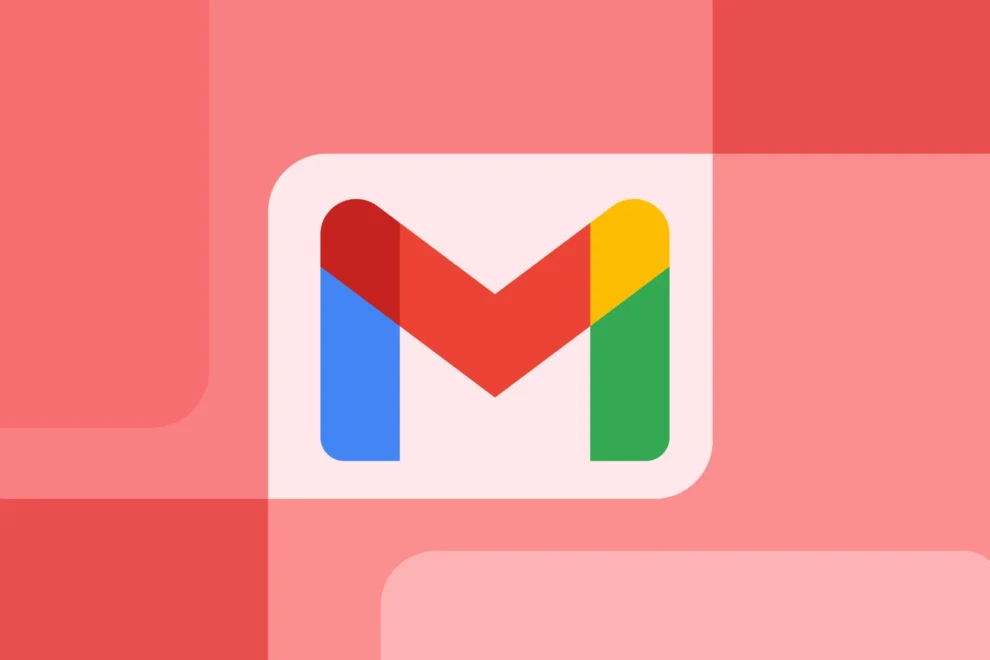
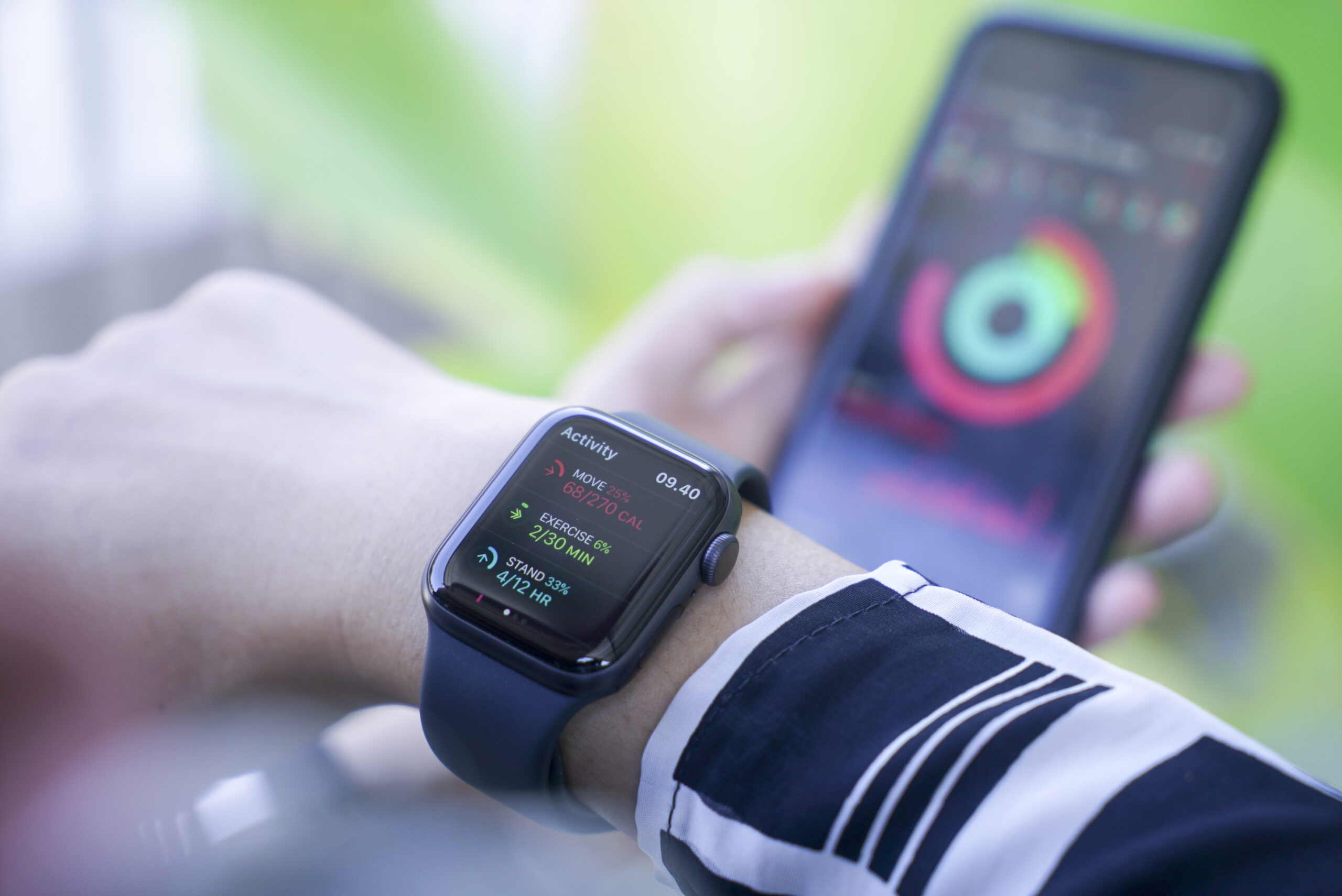
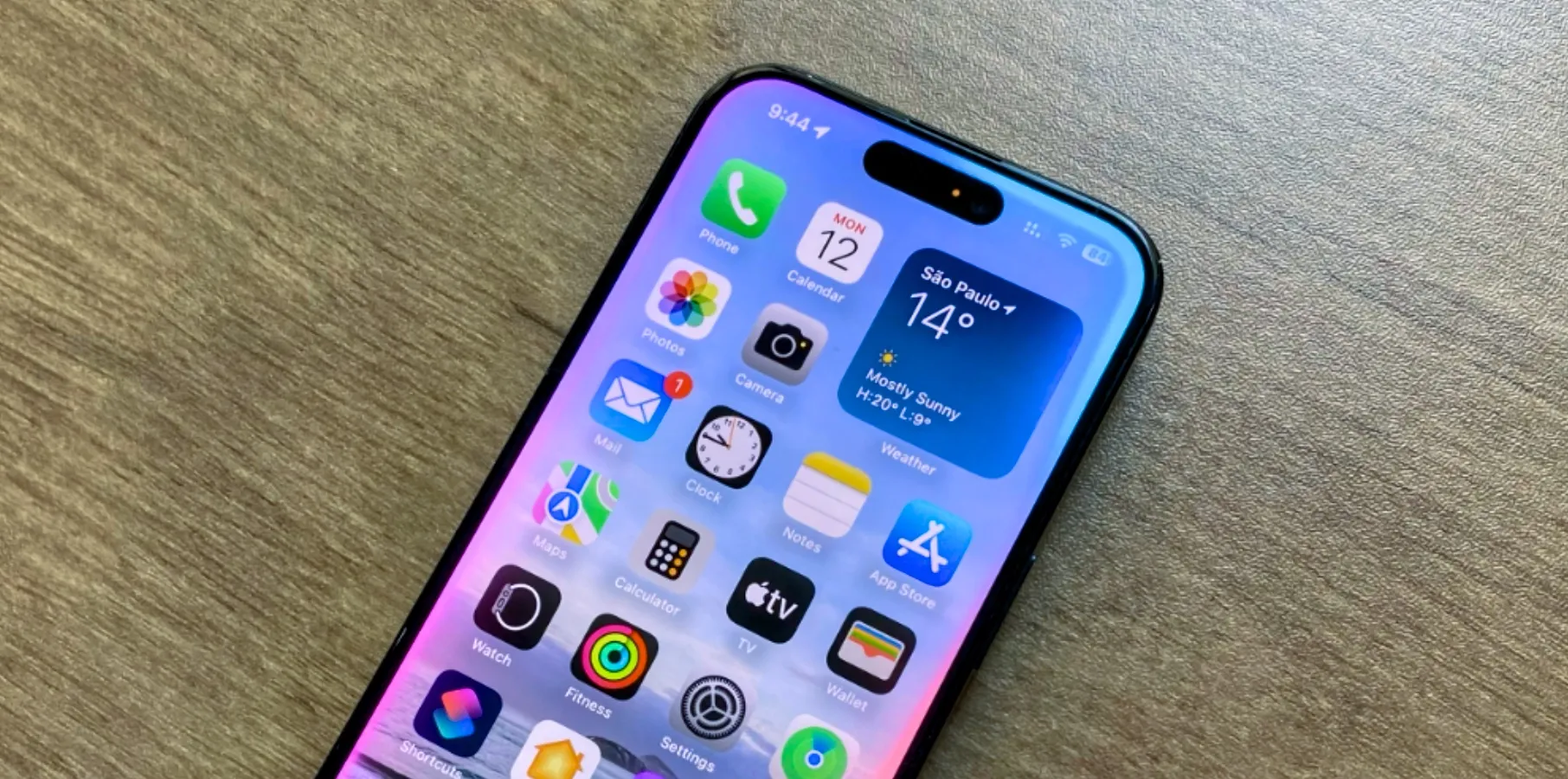
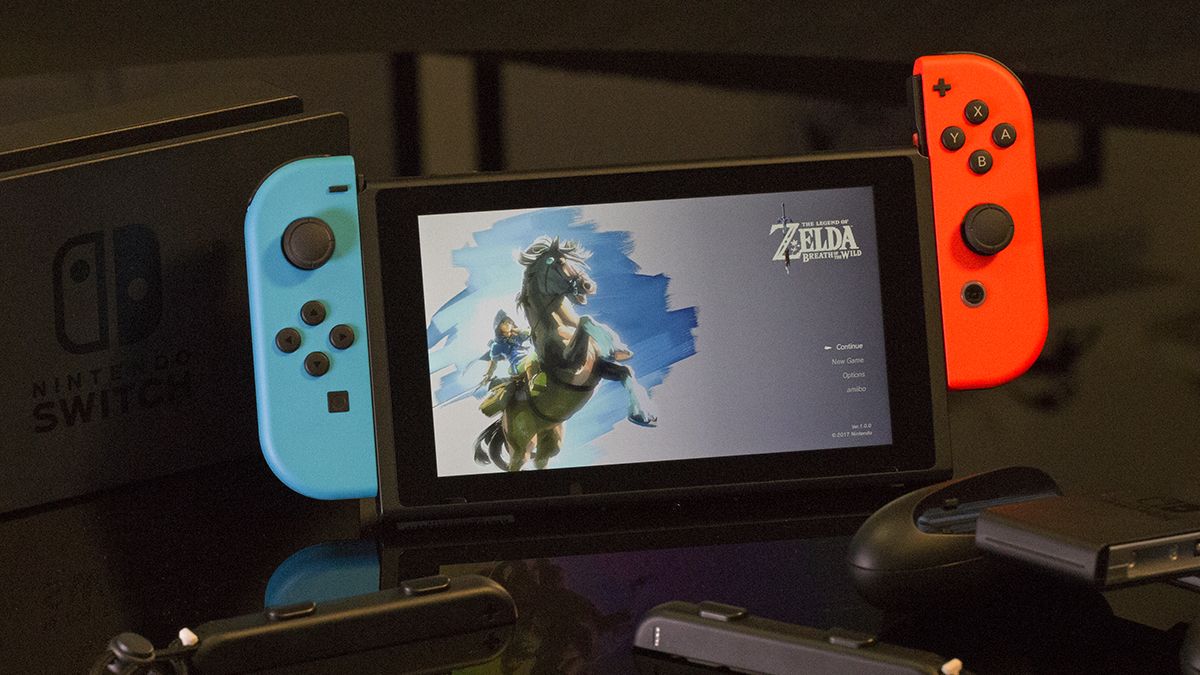
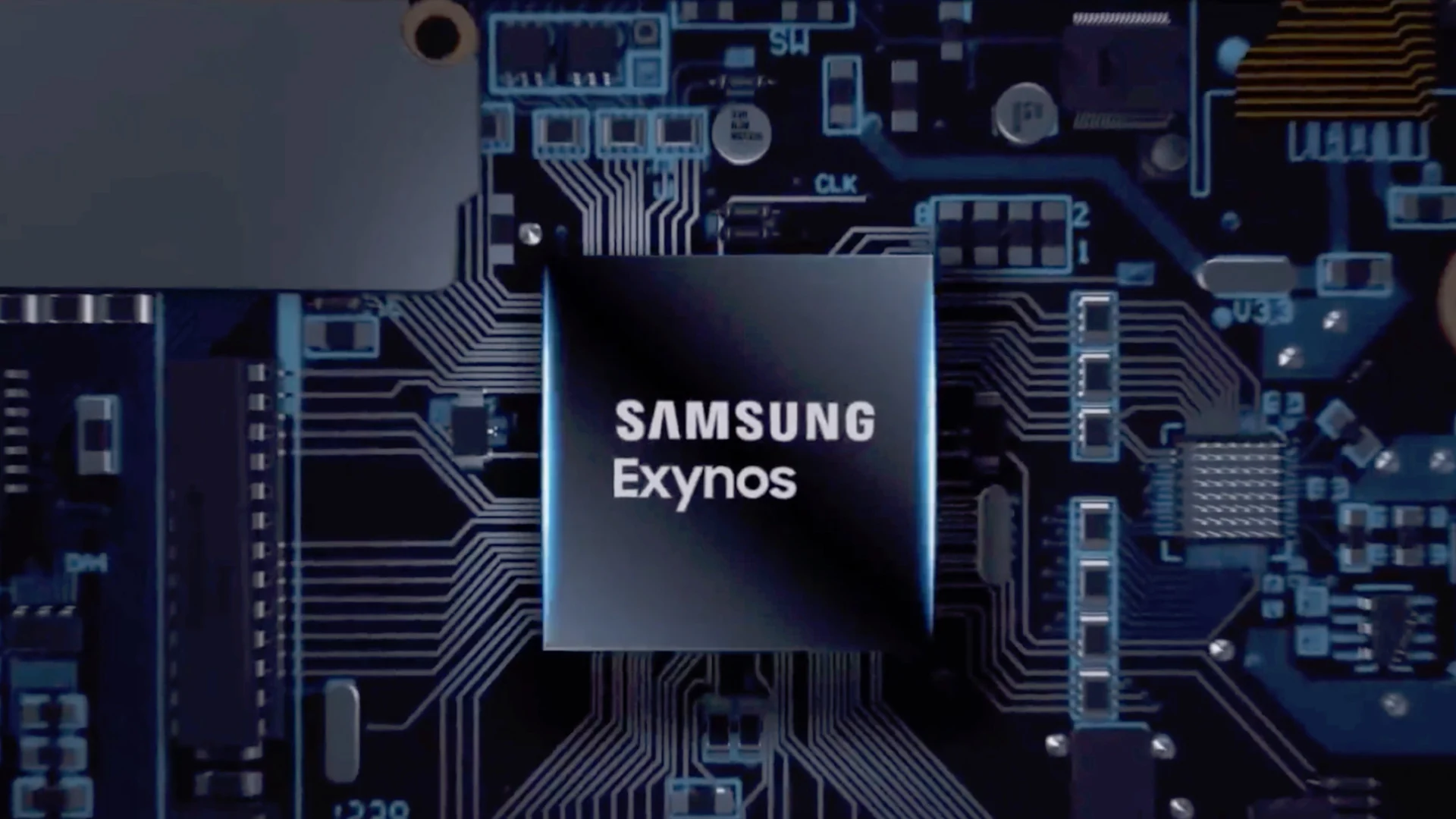

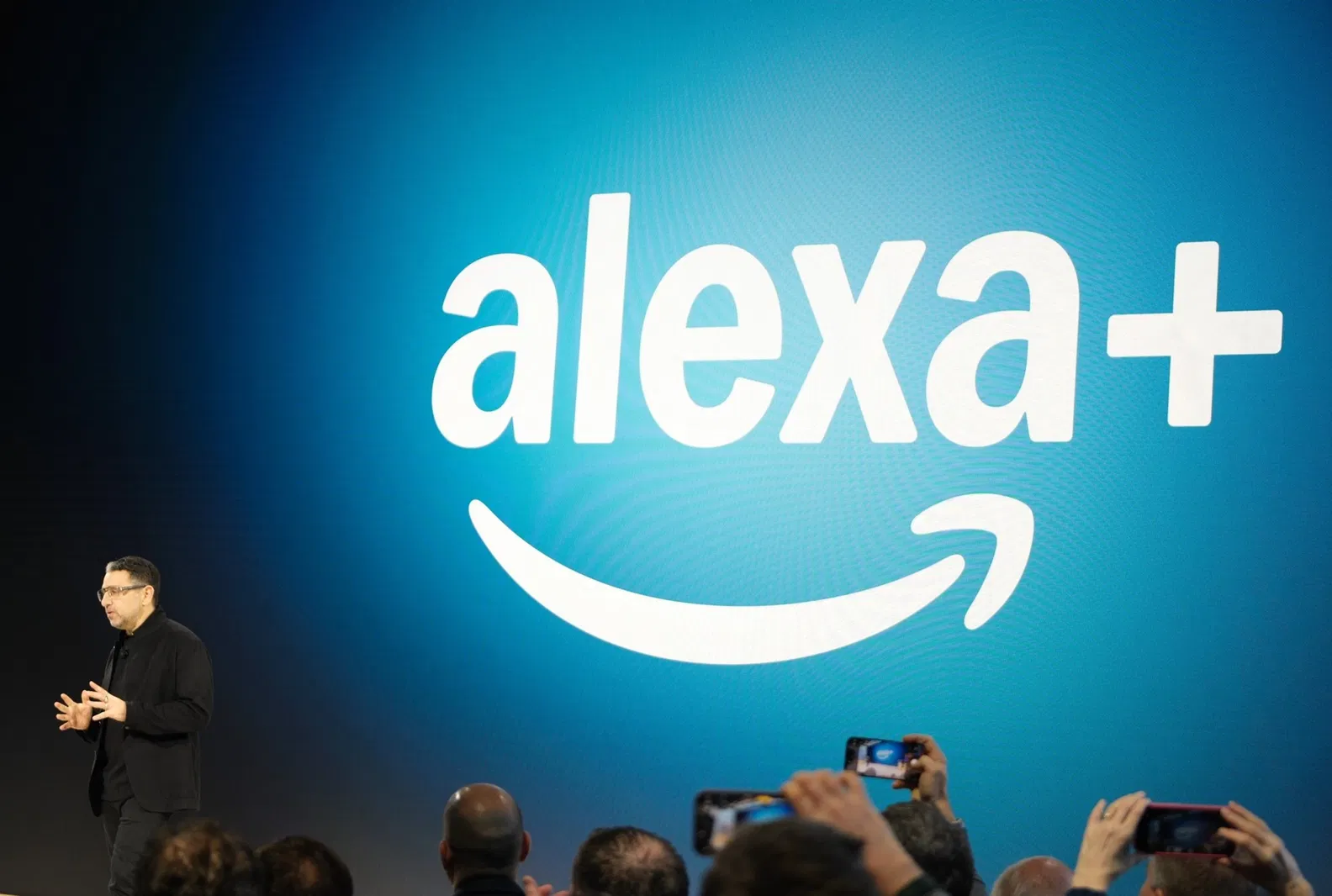

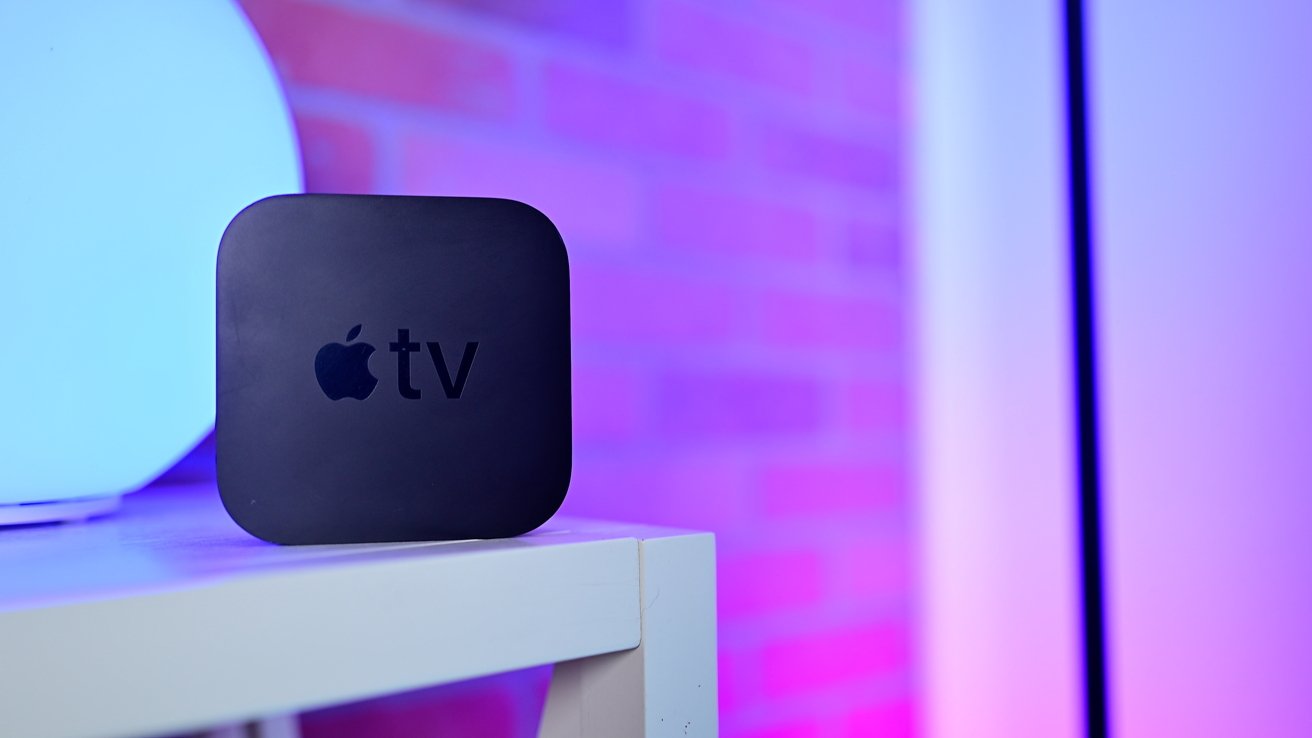
Add Comment